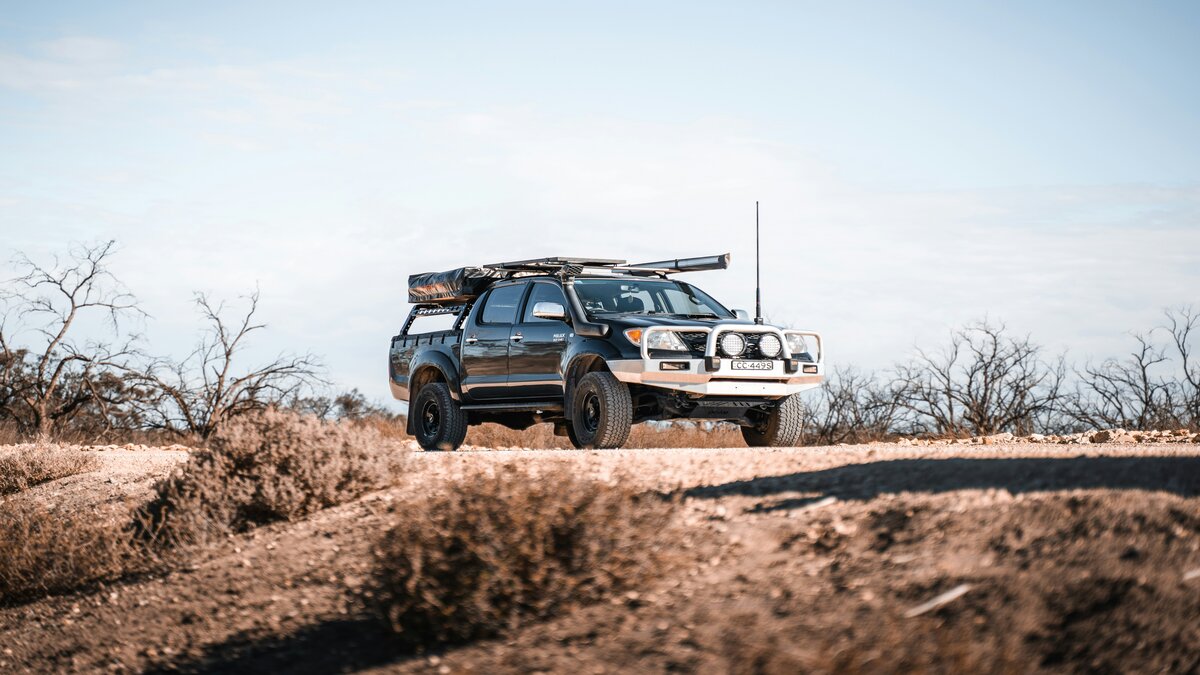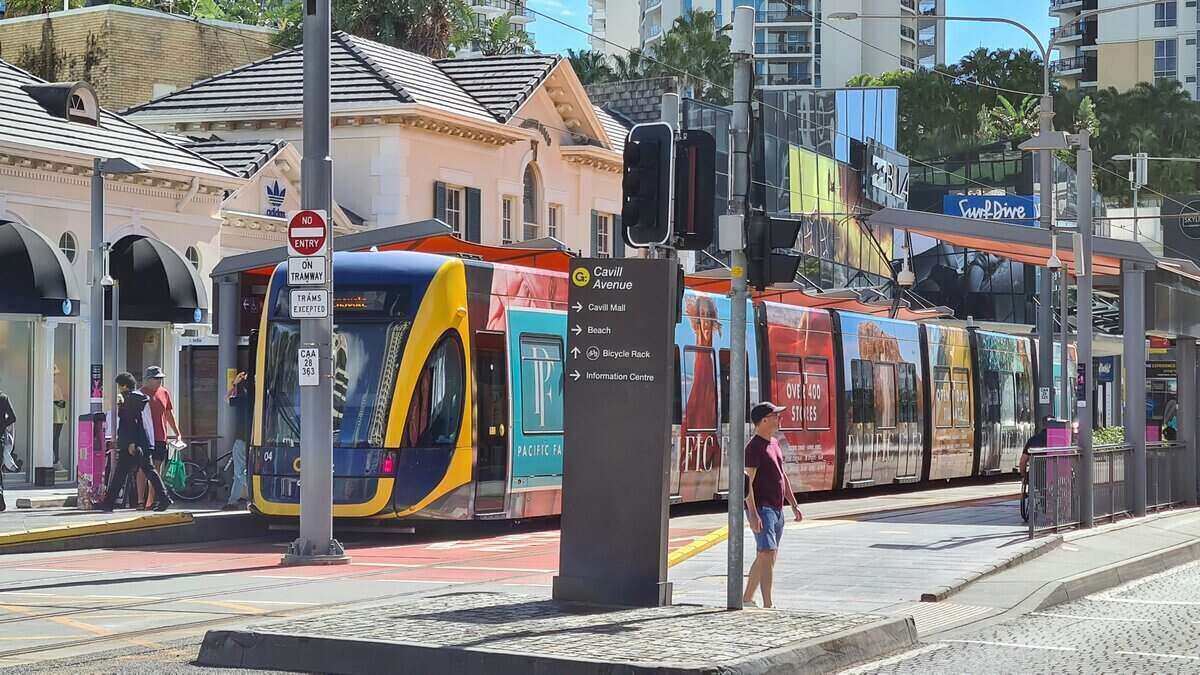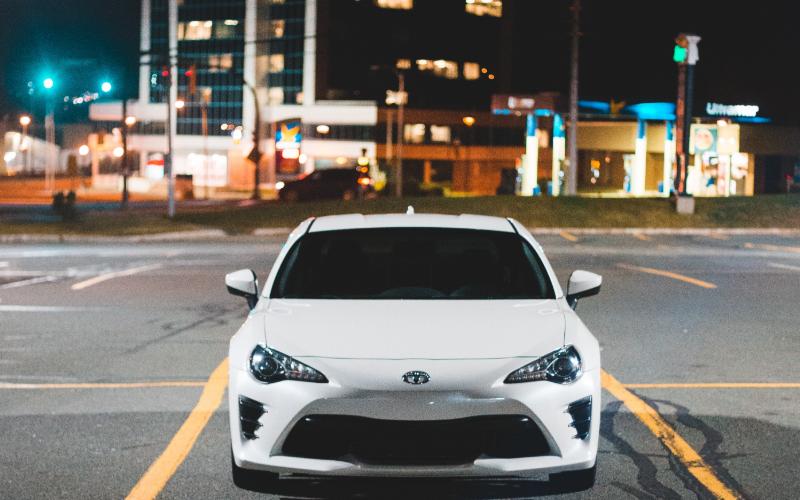If you're a young driver - student or P-Plater - driving can be a big enough financial hit. There's the cost of petrol and your insurance premium is likely to be through the roof just because you're young, and also because you're lumped in with your bogan Year 12 neighbour Kyle who does burnouts in his fully sick VP Commodore.
There's also that one Instagram influencer who thinks she's hot stuff by posting photos of her manicured nails on the steering wheel of someone else's BMW. You might look at your mum's minivan you're borrowing and think, 'There's gotta be something better out there!'
This is where a car loan can seem a tempting proposition, but there are a few things you should know.
Can I get a car loan if I'm a young driver or student?
If you're a student or young person looking to get something more than a $3,000 20-year-old deathtrap, car financing may be a tempting option. However, a car loan on a new car can be a huge burden to carry, especially when you're young and not earning much. Here are a few things to consider:
Your age
There's not too much you can do about this one. You'll need to be 18 or over to apply for a loan and some lenders will limit your loan amount if you're aged between 18 to 21.
Your residency
Many lenders will only offer car loans to student applicants who are Australian citizens or permanent residents. But some may accept temporary visa holders.
See also: Can you take out a personal loan if you're a temporary resident?
Your income
Chances are your income is going to be rather limited if you're in high school or at uni. Unfortunately, the 20 hours a week as a casual stacking shelves at Woolies might not cut it when a lender looks at your car loan application. Of course, this depends on the amount you're asking to borrow, but most lenders look for several key things:
-
A steady, full-time or full-time equivalent wage: Lenders will often look for steady employment for over a year, as well as assess your income. Keep in mind, many lenders won't accept Newstart, Austudy, or Youth Allowance as income (although some may).
-
A track record of paying off debt and other expenses: Lenders will look into your credit report which, if you're a student, is probably non-existent or, at least, a pretty short one. Paying a postpaid phone plan, electricity, and internet bills on time can go a good way towards building your credit score so, if you're in a houseshare situation, don't let your housemates cause you to be late on the bills.
-
How a car loan would play into your expenses: Lenders will assess if you're in 'rent stress', that is, paying more than 30% of your income towards rent which, if you're a student, is a distinct possibility. They'll also look at 'frivolous' purchases such as Uber Eats, alcohol, how much you spend on going out, clothes, and so on.
So, if you've weighed up the costs and a car loan is looking increasingly appealing and affordable, cleaning up your bank statement can go a long way in making yourself more attractive to a lender.
See also: 8 steps to getting your first car loan
Other expenses
But wait, the total expenses of owning a car don't stop at the car loan. If you're having to subsist on a diet of noodles and share a house with five others, a car can be a big blow to the budget. The loan for one is just part of the equation. There's also:
Insurance
One of the biggest expenses of car ownership when you're young is insurance, with average annual premiums for drivers under 21 ranging from $1,700-$3,700 a year. Those aged between 21 to 24 can pay around $2,500. The final cost will depend on coverage level (comprehensive, third party etc.), age, gender, driving experience, car type, and where you're located.
You may be able to save some money by putting your parents on the insurance too but read the policy's product disclosure statement (PDS) to make sure this doesn't void the insurance.
You can also save money by just getting third party insurance, but this means your own car isn't going to be covered if you ram it into a power pole, for example.
Registration
Second is the registration (compulsory third party insurance and registration itself) which can cost between $1,200-$2,200 a year depending on what state or territory you live in and what type of car you're registering. Many states also make you do a yearly inspection and pass a roadworthy to be registered, which is an additional cost.
Maintenance
While servicing every six months at around $400-500 may seem reasonable, that's just the start of it. You might want to build a rainy-day fund for any repairs that need doing, especially if you've got an older car. Car repairs can be an expensive, unplanned hit particularly if major work needs to be done. New tyres can also be a major expense, ranging from between $500-$1,200 depending on what you go for.
Fuel
And of course, you can't go anywhere without fuel. While this is largely usage-based, and you can look out for the best times to fill up, it's still going to be a few grand a year if you're travelling the Australian average 12,000 or so kilometres a year.
The silent killer
Depreciation can sneak up on you as while you don't experience it directly, you can take a hit when it comes time to sell the car. Even the least-depreciating new vehicles can lose more than a quarter of their value in three years.
See also: How do I calculate depreciation?
Average car running costs per year
To put a dollar figure on it, Queensland motoring body RACQ regularly publishes approximate running costs of vehicle makes and models (also accounting for depreciation and a car loan). Several popular cars among young people and students are considered below (keep in mind, the costs quoted are for new cars):
|
Segment, Make and Model |
Approximate Cost Per Month (including loan repayments, registration, insurance, fuel, servicing, tyres) |
|---|---|
|
Light Car |
|
|
2024 Mazda 2 G15 Pure SP |
$984.51 |
|
2024 Suzuki Swift Hybrid MY24 |
$910.49 |
|
2024 Toyota Yaris SX Hybrid |
$1,040.93 |
|
Small Car |
|
|
2024 MG5 Essence MR24 |
$1,054.99 |
|
2024 Kia Cerato Sport |
$1,085.72 |
|
2024 Toyota Corolla SX Hybrid |
$1,136.59 |
|
Medium Car |
|
|
2024 Mazda 6 Sport G25 Sport |
$1,232.17 |
|
2024 BYD Seal Dynamic |
$1,564.21 |
|
2024 Toyota Camry Ascent Sport Hybrid |
$1,295.93 |
|
Small SUV |
|
|
2024 MG ZST MY24 |
$1,096.25 |
|
2024 Mitsubishi ASX MR (2wd) |
$1,106.24 |
|
2024 GWM Haval Jolion |
$1,136.23 |
|
Medium SUV |
|
|
2024 Hyundai Tuscon Hybrid N Line |
$1,464.59 |
|
2024 BYD Atto 3 Standard Range |
$1,536.44 |
|
2024 Mazda CX-5 G25 Touring (AWD) |
$1,516.37 |
Source: RACQ Private Vehicle Expenses report 2024
It's worth noting the above list also assumes you're driving 15,000km a year - higher than the national average. Your fuel costs could come down a bit if you live in an urban area and only use your car on occasion.
But when you add up all the expenses, the dollar figure can be dizzying, especially if you're earning $30 an hour at Woolies for a 20-hour week. And we're not even looking at luxury makes, larger cars, or popular sports cars.
Fun fact: the most expensive car to run that RACQ looked at was the 2024 Nissan Patrol Ti (4x4) Y62 MY24 4D Wagon V8 at $2,919.71 per month.
How to avoid high-interest rate car loans
After all that, if you feel confident you can handle the expense, you'll need to shop around for a loan.
If you've been knocked back for a secured, low-interest loan, it's tempting to go for other types of loans. The next major auto loan type is an unsecured loan which doesn't use the car as security if you fail to make payments. As a consequence, these types of loans can attract significantly higher interest rates.
See also: Secured vs unsecured car loans
Another type of expensive loan can include bad/no credit car loans, which often attract a higher interest rate still. You'll need to do your due diligence here and make sure you can afford the loan.
Check the table below if you're in the market for a competitive car loan to get a gauge of what's out there:
Lender Car Loan Interest Rate Comparison Rate* Monthly Repayment Interest Type Vehicle Type Maximum Vehicle Age Ongoing Fee Upfront Fee Total Repayment Early Repayment Instant Approval Online Application Tags Features Link Compare Promoted Product Disclosure
Promoted
Disclosure
Promoted
Disclosure
Promoted
Disclosure
Using a guarantor
Your chances of getting approved for a car loan could significantly improve if there's a family member - with a good financial record and credit score - who's willing to guarantee your loan.
In simple terms, this means they agree to accept responsibility for taking over your repayments if you default on them for any reason. This makes the loan less risky in the eyes of the lender and, as a result, you're likely to be able to borrow more and your interest rate is likely to be considerably lower.
See also: What is a guarantor personal loan?
But using - and being - a guarantor is a big responsibility for both parties. The situation could get more than awkward if you can't meet your loan repayments so ensure all parties carefully consider the consequences.

Source: Giphy
Savings.com.au's two cents
You'd be forgiven for looking at the expense of running a vehicle and chucking in the towel. However, there are several methods to reduce the cost of car ownership, but you may need to sacrifice that new car smell or compromise in other areas.
-
Buy a used car: Many new cars take their biggest depreciation hit in the first three to five years, but many lenders can still offer a competitive rate car loan on used cars up to 12 years old.
-
Consider a car subscription: The price of a car subscription may look expensive, but if you're only subscribed when you need the car - such as for trips with friends - it could work out to be much cheaper than owning your own car. (Be aware that you may need a full license to be able to sign up though.)
-
Use a parent's or grandparent's car: It may not be cool to drive the minivan but if you still live with your parents or live not too far away, driving your parents' car, at least while you're studying, could leave you a lot better off financially in the long term.
Alternatively, if you're limited on cash and want to go your own way, the general mantra is 'buy the safest car you can afford'. The car may not be fast, fun, or look good in the KFC carpark on a Friday night, but you'll be thankful for the extra safety if you come off the road in the rain.
First published on February 2020
Photo by Jorge Saavedra on Unsplash














.jpg)


 Denise Raward
Denise Raward
 Harry O'Sullivan
Harry O'Sullivan

 Jacob Cocciolone
Jacob Cocciolone
 William Jolly
William Jolly

